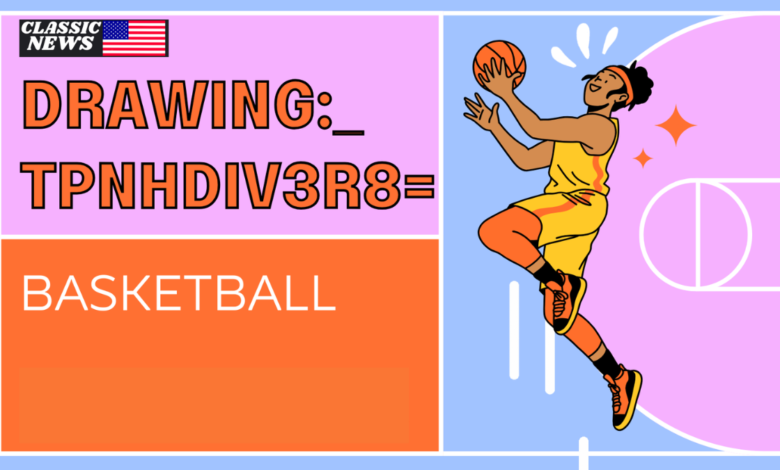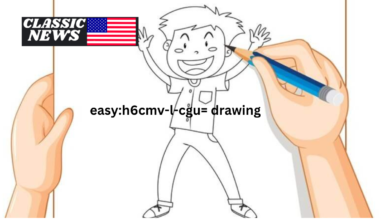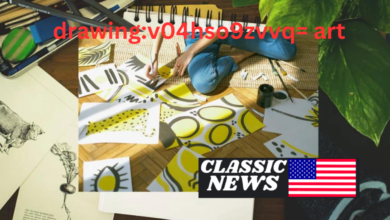drawing:_tpnhdiv3r8= basketball: A Comprehensive Guide to Capturing the Essence of the Game

drawing:_tpnhdiv3r8= basketball, a sport celebrated for its dynamic action and high-energy moments, has been an inspiring subject for artists across the globe. Whether you’re a seasoned artist or a beginner looking to capture the spirit of the game, drawing basketball can be both a fun and challenging endeavor. This article will explore various techniques, tips, and approaches to help you draw basketball in a way that brings the game’s excitement to life.
Understanding the Basics of Basketball Drawing
drawing:_tpnhdiv3r8= basketball requires an understanding of the sport’s key elements: players, the ball, and the court. Each component has its unique characteristics that contribute to the overall scene. Before diving into detailed drawings, it’s crucial to familiarize yourself with these basics.
The Structure of a Basketball Player
drawing:_tpnhdiv3r8= basketball players are known for their athletic builds, and capturing their likeness can be a challenge. Start by studying the proportions of a basketball player. They often have strong, well-defined muscles and a dynamic pose, which can be tricky to portray accurately. Observing real-life players or reference photos can help you understand their posture, muscle structure, and movement.
The Basketball Ball
The drawing:_tpnhdiv3r8= basketball itself is a distinctive object with its textured surface and round shape. Pay attention to the ball’s details, such as its seams and the way light interacts with its surface. A realistic basketball drawing should showcase these features to make the ball look three-dimensional and authentic.
The Court and Background
The drawing:_tpnhdiv3r8= basketball court is the stage for the action, and drawing it accurately adds context to your artwork. Focus on elements like the court lines, the hoop, and the backboard. Understanding the court’s layout will help you place players and the ball correctly in your drawing. Adding details like the scoreboard or audience can further enhance the scene.
Techniques for Capturing Movement and Action
One of the most exciting aspects of drawing:_tpnhdiv3r8= basketball is capturing the movement and energy of the game. To convey this dynamic quality, you’ll need to use specific techniques that emphasize motion and action.
Gesture Drawing
Gesture drawing:_tpnhdiv3r8= basketball is a technique used to capture the essence of a subject’s movement quickly. This approach involves creating quick, loose sketches that focus on the overall motion rather than fine details. For basketball, gesture drawing can help you capture the fluidity of a player’s jump shot or the speed of a fast break.
Dynamic Poses
When drawing:_tpnhdiv3r8= basketball players, focus on creating dynamic poses that reflect the intensity of the game. Study how players move during different actions, such as dribbling, shooting, or defending. By incorporating exaggerated lines and angles, you can convey the sense of speed and power inherent in these movements.
Using Lines and Shadows
Lines and shadows play a crucial role in adding depth and dimension to your . Usedrawing:_tpnhdiv3r8= basketball bold, sweeping lines to illustrate the force of a player’s movement and apply shading to create a sense of volume and realism. The contrast between light and dark areas can help emphasize the action and make your drawing more visually engaging.
Tools and Materials for Basketball Art
Choosing the right tools and materials can make a significant difference in the quality of your drawing:_tpnhdiv3r8= basketball. From pencils to digital tools, each medium offers unique advantages.
Traditional Drawing Tools
For traditional drawing:_tpnhdiv3r8= basketball, high-quality pencils, erasers, and sketchbooks are essential. Graphite pencils in various hardness levels can help you achieve different shades and details. A kneaded eraser is useful for creating highlights and refining details, while a smooth sketchbook provides a suitable surface for your work.
Digital Art Tools
Digital drawing has become increasingly popular, offering a range of tools and options for artists. Programs like Adobe Photoshop or Procreate provide brushes, layers, and color options that can enhance your basketball drawings. Digital tools also allow for easy revisions and experimentation, making them ideal for refining your art.
Mixed Media Approaches
Combining traditional and digital techniques can produce unique results. For instance, you might start with a pencil sketch and then enhance it digitally with color and textures. Mixed media approaches can add complexity and richness to your basketball artwork, allowing for greater creative expression.
Developing Your Style
As you become more experienced in drawing:_tpnhdiv3r8= basketball, you’ll begin to develop your unique artistic style. This personal touch will make your artwork stand out and reflect your perspective on the sport.
Experimenting with Different Styles
Don’t be afraid to experiment with various drawing:_tpnhdiv3r8= basketball styles to find what suits you best. You might try realistic, cartoonish, or abstract approaches to see which one resonates with your vision. Each style offers a different way to represent the energy and excitement of basketball.
Finding Inspiration
Inspiration can come from many sources, including professional athletes, iconic basketball moments, and other artists. Study the work of artists who excel in sports illustrations and observe how they capture movement and emotion. Additionally, watching basketball games or playing the sport yourself can provide valuable insights and ideas.
Personalizing Your Artwork
Incorporate personal elements into your drawing:_tpnhdiv3r8= basketball to make them uniquely yours. Whether it’s a favorite player, a memorable game, or a specific technique you enjoy, adding these touches can make your artwork more meaningful and authentic.
Common Challenges and How to Overcome Them
Drawing basketball can present several challenges, from capturing movement to achieving realistic proportions. Understanding these common issues and how to address them can help improve your skills.
Capturing Realistic Movement
One of the biggest challenges is capturing the realistic movement of players. To overcome this, practice gesture drawing and study reference images of players in action. Focus on the key elements of motion, such as body angles and limb positioning, to create a more accurate representation.
Proportional Accuracy
Getting the proportions right can be tricky, especially when depicting dynamic poses. Use reference images and guides to help you understand the correct proportions of a basketball player. Regular practice and sketching from life can also improve your ability to draw accurate proportions.
Balancing Detail and Simplicity
Finding the right balance between detail and simplicity can be challenging. Too much detail can overwhelm the viewer, while too little can make the drawing appear incomplete. Focus on capturing the most important elements of the scene and use detail selectively to highlight key features.
Showcasing Your Basketball Drawings
Once you’ve created your basketball drawings, showcasing them effectively is essential to gain recognition and feedback. Consider various ways to present your artwork to reach a wider audience.
Online Platforms
Social media platforms like Instagram and art communities such as DeviantArt or ArtStation are great places to share your basketball drawings. These platforms offer exposure to a global audience and opportunities for feedback and collaboration. Create a portfolio or gallery to showcase your best work and engage with other artists.
Art Exhibitions and Competitions
Participating in art exhibitions and competitions can provide valuable exposure and recognition. Look for local or national events that focus on sports or general art. These opportunities can help you connect with other artists, receive constructive criticism, and potentially gain new followers.
Creating a Personal Website
A personal website serves as a professional platform to display your drawing:_tpnhdiv3r8= basketball. Include a portfolio section, artist statement, and contact information. A well-designed website can enhance your credibility and make it easier for potential clients or collaborators to reach you.
Conclusion
Drawing basketball is a rewarding endeavor that combines artistic skill with a passion for the sport. By understanding the fundamentals, mastering techniques for capturing movement, and experimenting with different styles, you can create dynamic and engaging artwork that truly represents the excitement of the game. Remember to continually practice, seek inspiration, and share your work with others to grow as an artist. Whether you’re drawing for personal enjoyment or aiming to make a professional impact, your journey in basketball art is sure to be both challenging and fulfilling.





